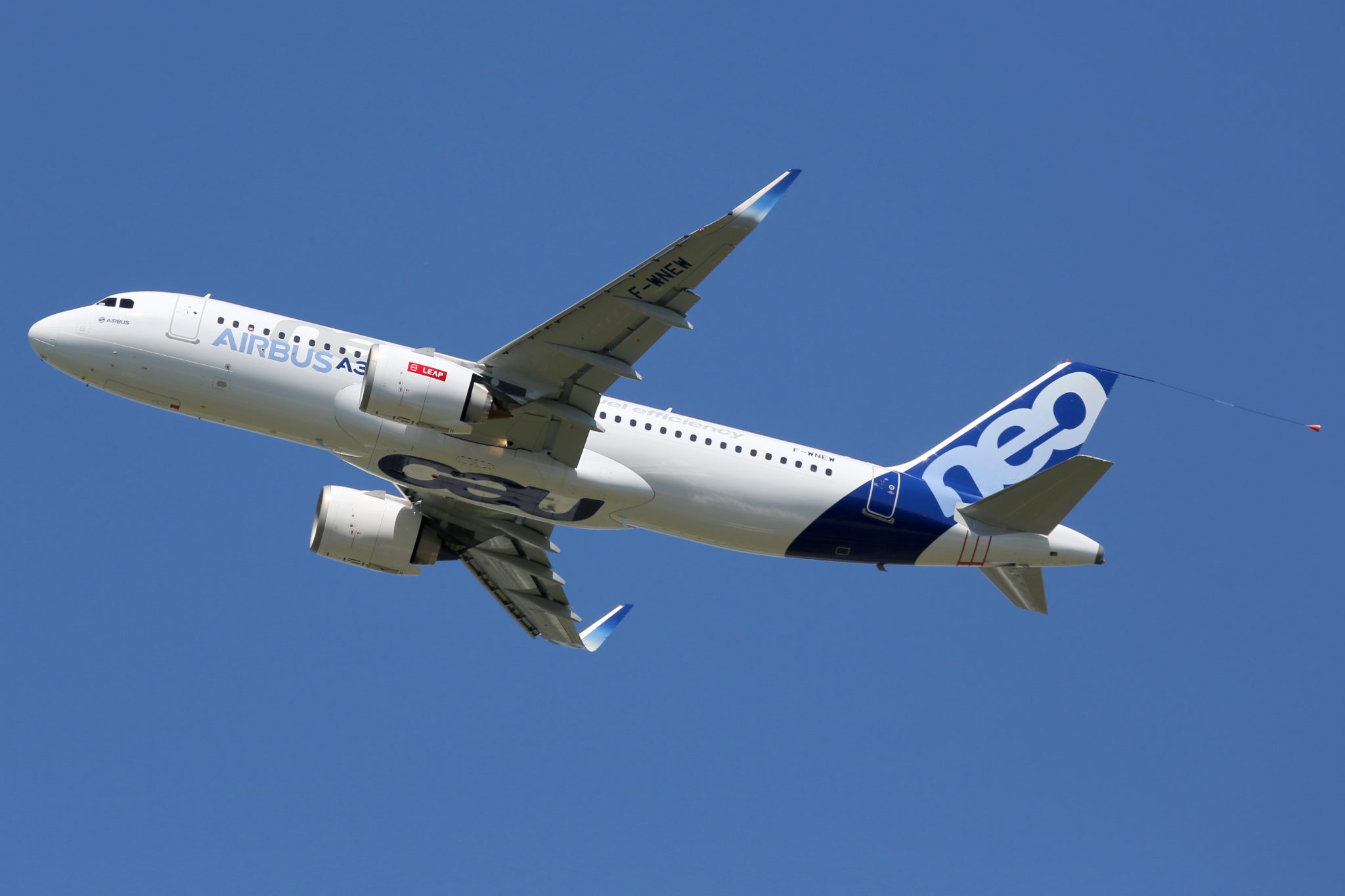Boeing, Airbus Engines Face Safety Scrutiny

Federal safety regulators are sounding the alarm over a crucial flaw that could let smoke fill the cabins of Airbus A320neo and Boeing 737 Max aircraft, after a string of alarming incidents.
At a Glance
- The NTSB issued a safety bulletin for some Boeing and Airbus planes due to the risk of smoke entering the cockpit.
- CFM International LEAP-1B engines in Boeing 737 Max and some Airbus A320neo models are involved.
- The engine load reduction device can damage the oil system, allowing smoke to get into the ventilation system.
- Boeing and CFM International are working on a software design update following the NTSB’s recommendations.
NTSB Raises Safety Concerns
The National Transportation Safety Board (NTSB) issued an urgent safety bulletin in response to cases of smoke entering the cabins of some Boeing 737 Max and Airbus A320neo flights. Central to this concern are the CFM International LEAP-1B engines, which have been implicated in previous incidents due to an engine load reduction device (LRD). This device, meant to reduce vibration transmission, can inadvertently damage the engine oil system, allowing smoke to diffuse into the passenger cabin.
Incidents in December 2023 and March 2023 involving Southwest Airlines flights brought this issue to light. During both incidents, the cockpit and cabin experienced vapors and heavy smoke after the aircraft suffered bird strikes, raising significant safety concerns and triggering NTSB’s urgent action. The need for prompt attention and resolution becomes paramount to prevent potential future disasters.
Actions Taken and Recommendations
The NTSB found that the engine load reduction device (LRD) , a safety feature designed to reduce the severity of vibrations transmitted from a damaged engine to the airframe, can result in damage to the engine oil system. Such a condition can allow smoke from hot oil to enter the ventilation system and ultimately the cockpit or passenger cabin.” – NTSB.
Boeing promptly updated flight manuals to help flight crews manage and mitigate the smoke risk post-LRD activation. Simultaneously, pressure mounts on the Federal Aviation Administration (FAA) to enforce software modifications across affected planes, ensuring that flight crews are well briefed and prepared for any similar occurrences. These updates and recommendations underscore the aviation industry’s commitment to addressing safety concerns head-on.
Global Implications and Next Steps
With the NTSB urging aviation regulators in Europe and China to thoroughly investigate similar risks, the issue has transcended U.S. borders, demanding international collaboration. Meanwhile, Boeing and CFM International are diligently working on a software update to rectify the problem, aligning with the safety board’s recommendations.
Given the backdrop of previous high-profile incidents involving the Boeing 737 Max, this alert underscores the critical importance of rigorous safety standards and proactive measures in aviation. As stakeholders across the globe work to address these concerns, passengers are left to hope for swift and comprehensive action before further incidents unfold.
